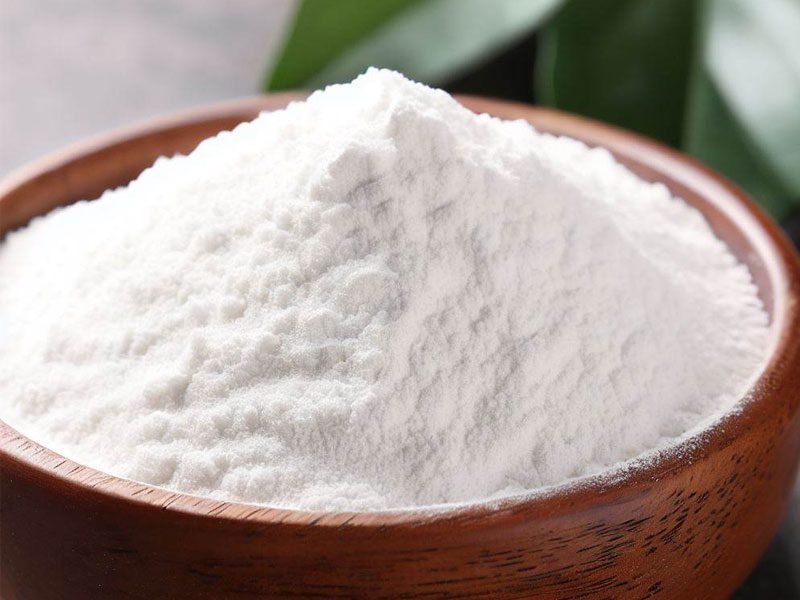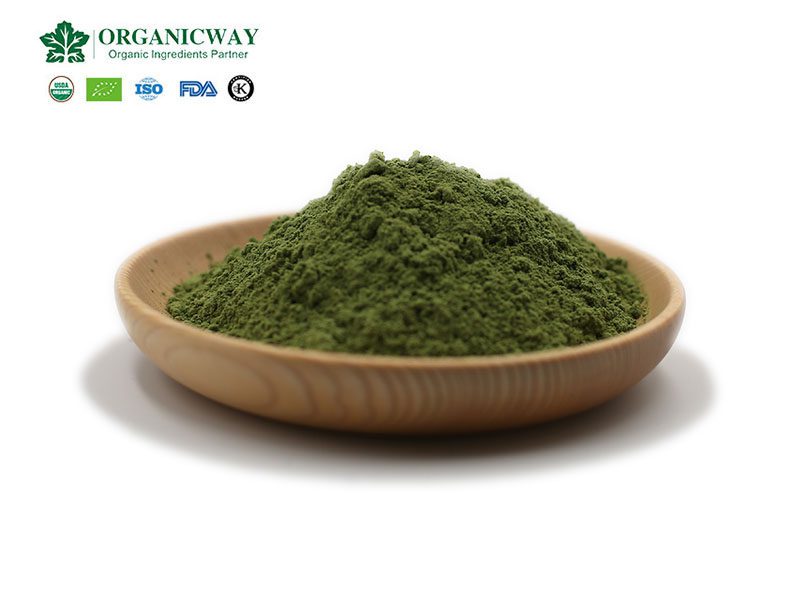Table of Contents
Organic isomaltulose is a non-cariogenic sugar, composed of two fructose and glucose molecules linked by a 1,6-glycosidic bond. It is naturally found in honey, sugar cane and sugar beet extracts, and can be produced commercially by enzymatic rearrangement of sucrose. It has the same number of calories as sucrose but only half the sweetness. It is widely used in the food and beverage industry for the production of various dietary supplements and health beverages, as well as in the healthcare industry for its benefits on blood glucose management, dental health, and weight management.
Market Size and Growth
The global isomaltulose market is expected to grow at a CAGR of 5.1% to 5.8% from 2021 to 2031, reaching US$ 1.11 billion by 2029. The main factors driving the market growth are the increasing demand for non-cariogenic sugar, especially from the food and beverage and healthcare industries, as well as the growing awareness of the health benefits of isomaltulose.
Market Segmentation
The global isomaltulose market can be segmented by grade, end use, and region.
- By grade, the market can be divided into food grade isomaltulose and pharma grade isomaltulose. Food grade isomaltulose is expected to dominate the market due to its wide application in various food and beverage products such as confectionery, bakery products, breakfast cereals and bars, dairy products, frozen desserts, beverages, flouridated salt, table top/ spoon-for-spoon sweeteners, supplements and OTC medicine, ingredients.
- By end use, the market can be categorized into household and industrial. Industrial end use is expected to account for the largest share of the market due to the high demand for isomaltulose from food and beverage manufacturers and healthcare providers.
- By region, the market can be segmented into North America, Europe, Asia-Pacific, Latin America, and Middle East and Africa. North America, Europe, and Asia-Pacific are expected to be the major regions with the highest demand for organic isomaltulose due to various factors such as consumer preferences, government policies, health awareness, disposable income, urbanization, and lifestyle diseases.
Regional Analysis
- North America: The U.S. is one of the largest and fastest-growing markets for isomaltulose, due to the rise in patients suffering from lifestyle diseases such as diabetes, obesity, and cardiovascular disease, as well as the increasing preference for healthy and low-calorie food products.
- Europe: The European Union has approved isomaltulose as a novel food, which has increased its adoption in various food and beverage products such as confectionery, bakery products, dairy products, beverages, and supplements. The growing consumer awareness of the benefits of isomaltulose for blood glucose management, dental health, and weight management also drives the market growth in this region.
- Asia-Pacific: This region has a high demand for isomaltulose due to its natural occurrence in honey and sugar cane and sugar beet extracts. The rising disposable income, urbanization, and health consciousness of consumers in this region also boost the demand for isomaltulose-containing products such as energy drinks, sports drinks, cereals, and cereal bars. Japan and China are the leading markets for isomaltulose in this region.
Market Challenges and Opportunities
The global isomaltulose market faces some challenges such as the high cost of production, the low awareness of isomaltulose among consumers, and the stringent regulations on the use and labeling of isomaltulose in some regions. Moreover, the competition from other low-calorie sweeteners and sugar substitutes such as stevia, erythritol, xylitol, and allulose may hamper the market growth.
However, the market also offers some opportunities for growth such as the increasing research and development activities for new product innovation among manufacturers in emerging regions such as Asia-Pacific and the Middle East. The rising demand for isomaltulose from niche segments such as sports nutrition, functional foods, and dietary supplements also creates new avenues for market expansion. Furthermore, the growing consumer preference for natural and organic ingredients and the increasing adoption of isomaltulose in various applications such as confectionery, bakery products, dairy products, frozen desserts, beverages, flouridated salt, table top/ spoon-for-spoon sweeteners, supplements and OTC medicine, ingredients also provide lucrative opportunities for the market players.

